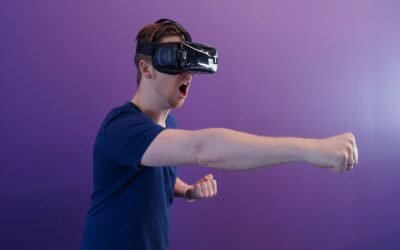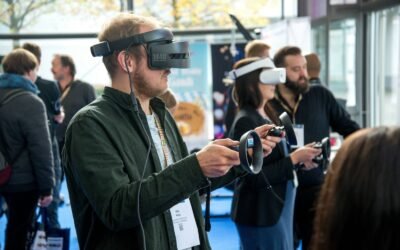The Internet of Things (IoT) has brought about a significant revolution in the commercial sector, transforming various industries and enhancing business operations. Here are some ways in which IoT has revolutionized commercial sectors:
- Inventory Management: IoT enables real-time tracking and monitoring of inventory throughout the supply chain. RFID tags and sensors attached to products or storage units provide accurate information on stock levels, location, and condition. This data helps businesses optimize inventory management, reduce stockouts, streamline replenishment processes, and improve overall supply chain efficiency.
- Asset Tracking: IoT facilitates the tracking and management of valuable assets, such as equipment, vehicles, and tools. By using GPS-enabled trackers and sensors, businesses can monitor the location, usage, and performance of assets in real time. This allows for better asset utilization, preventive maintenance scheduling, and reduced losses or thefts.
- Energy Management: IoT-based systems enable businesses to monitor and control energy usage in their facilities. Smart meters, sensors, and connected devices provide real-time data on energy consumption, allowing businesses to identify energy-saving opportunities, optimize usage patterns, and reduce costs. IoT-powered energy management systems can automatically adjust lighting, heating, and cooling based on occupancy or environmental conditions, leading to significant energy efficiency improvements.
- Customer Experience: IoT technologies enhance the customer experience by enabling personalized and connected services. For instance, retailers can use beacons and IoT sensors to deliver targeted promotions or notifications to customers’ smartphones based on their location within a store. Connected devices, such as wearables or smart home systems, can create seamless and personalized experiences by integrating with commercial services, such as personalized shopping recommendations or home automation.
- Remote Monitoring and Maintenance: IoT enables businesses to remotely monitor and manage their equipment or infrastructure. Sensors embedded in machines collect data on performance, maintenance needs, and potential issues. This data can be transmitted in real time to a central system, allowing businesses to proactively schedule maintenance, detect anomalies, and minimize downtime. Remote monitoring and predictive maintenance reduce costs, improve operational efficiency, and extend the lifespan of equipment.
- Safety and Security: IoT plays a crucial role in enhancing safety and security in commercial sectors. Video surveillance systems integrated with IoT sensors can detect and respond to suspicious activities or unauthorized access. Connected fire detection and alarm systems can quickly alert authorities and trigger safety protocols in case of emergencies. IoT-enabled access control systems provide secure and efficient management of entry points. Overall, IoT-powered safety and security solutions help businesses protect their assets, employees, and customers.
- Data Analytics and Insights: The vast amount of data generated by IoT devices provides valuable insights for businesses. Advanced analytics and machine learning algorithms can process this data to uncover patterns, trends, and actionable insights. Businesses can leverage these insights to optimize operations, improve decision-making, and gain a competitive edge.
In conclusion, IoT revolutionizes commercial sectors by optimizing operations, improving efficiency, enhancing customer experiences, and enabling data-driven decision-making. By connecting devices, assets, and systems, IoT technologies offer new opportunities for businesses to innovate, automate processes, and stay ahead in a rapidly evolving marketplace.







